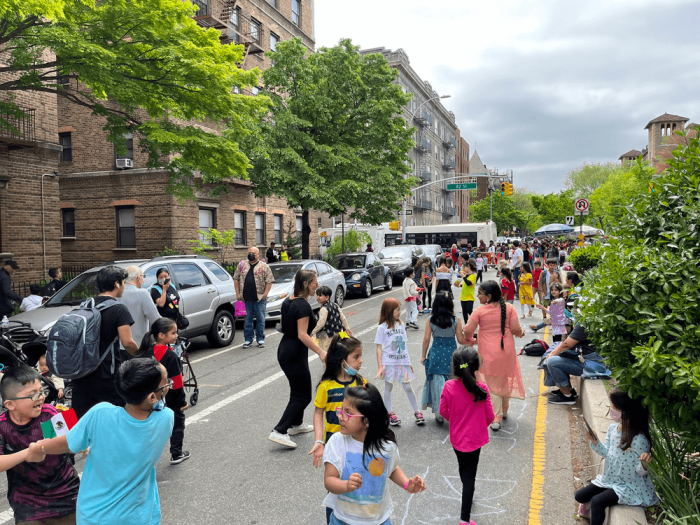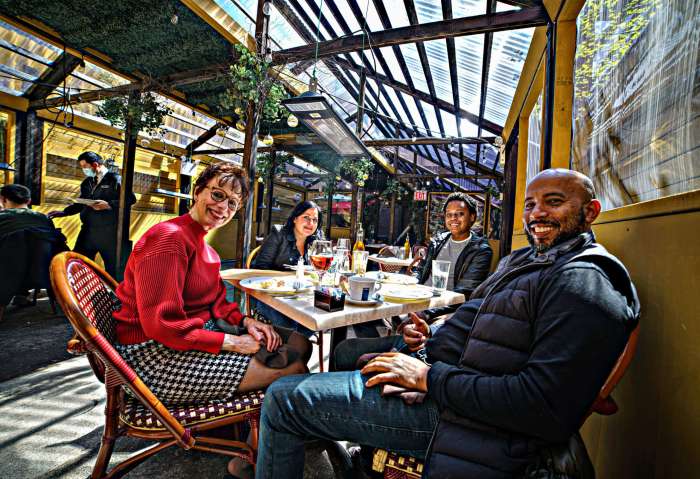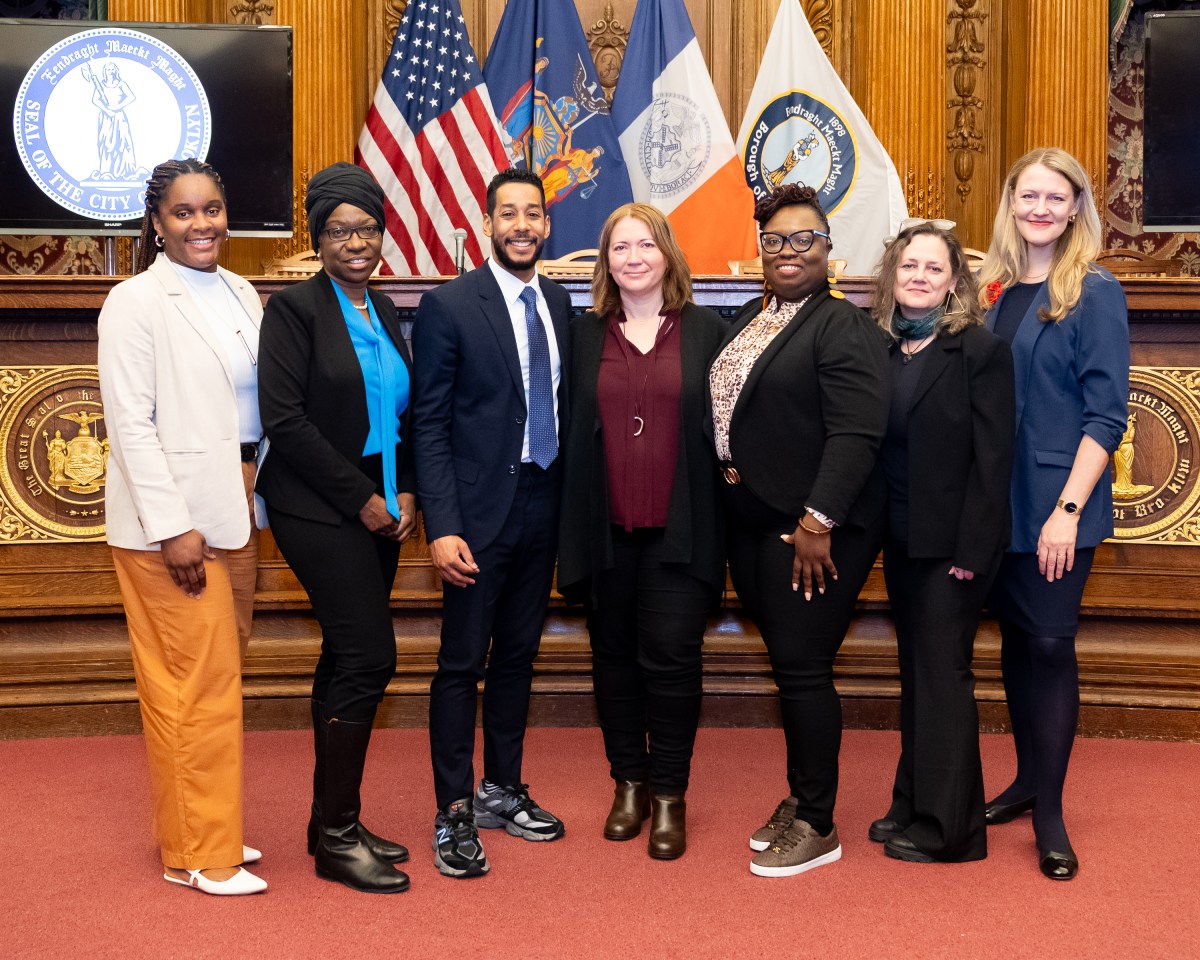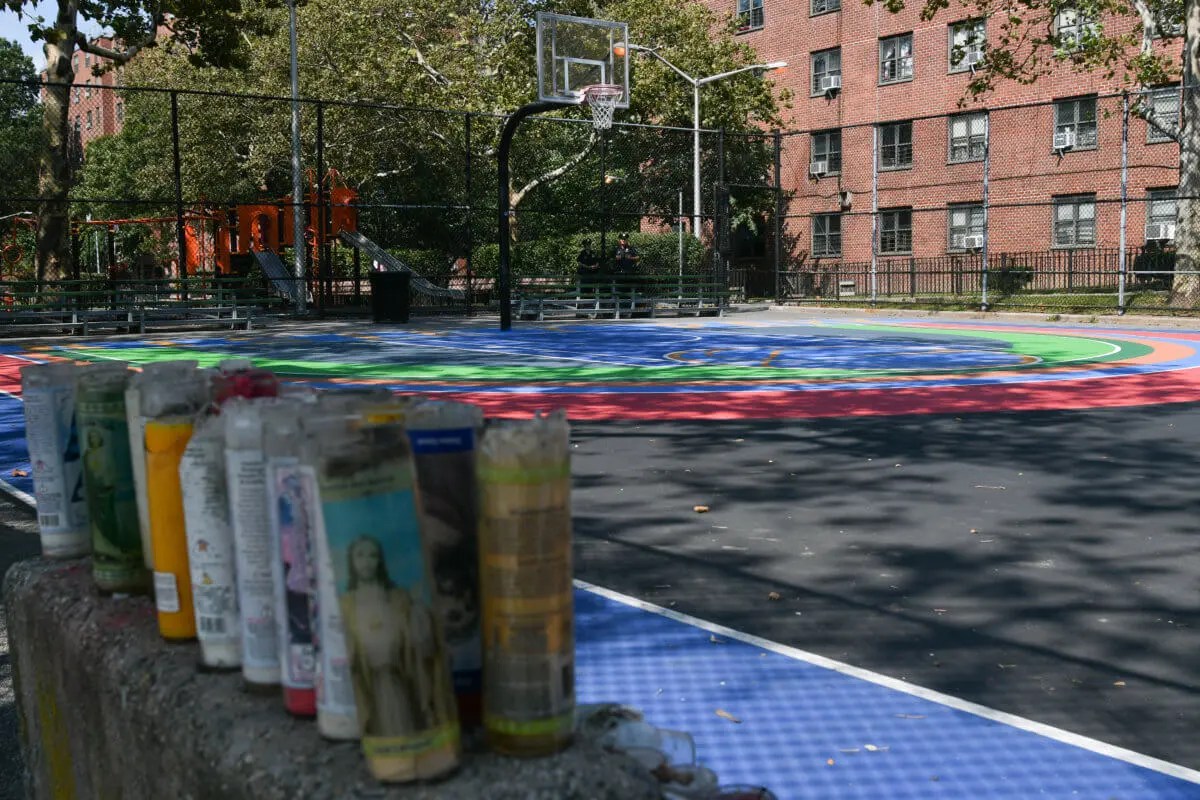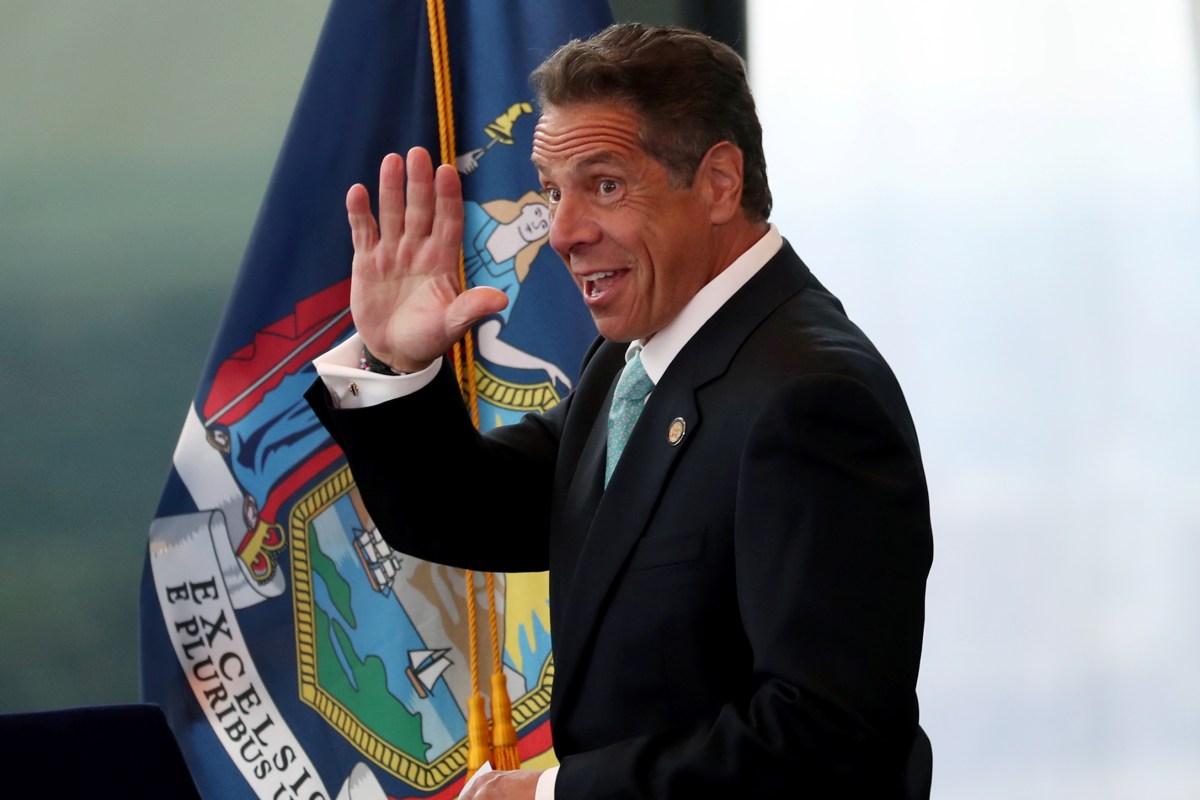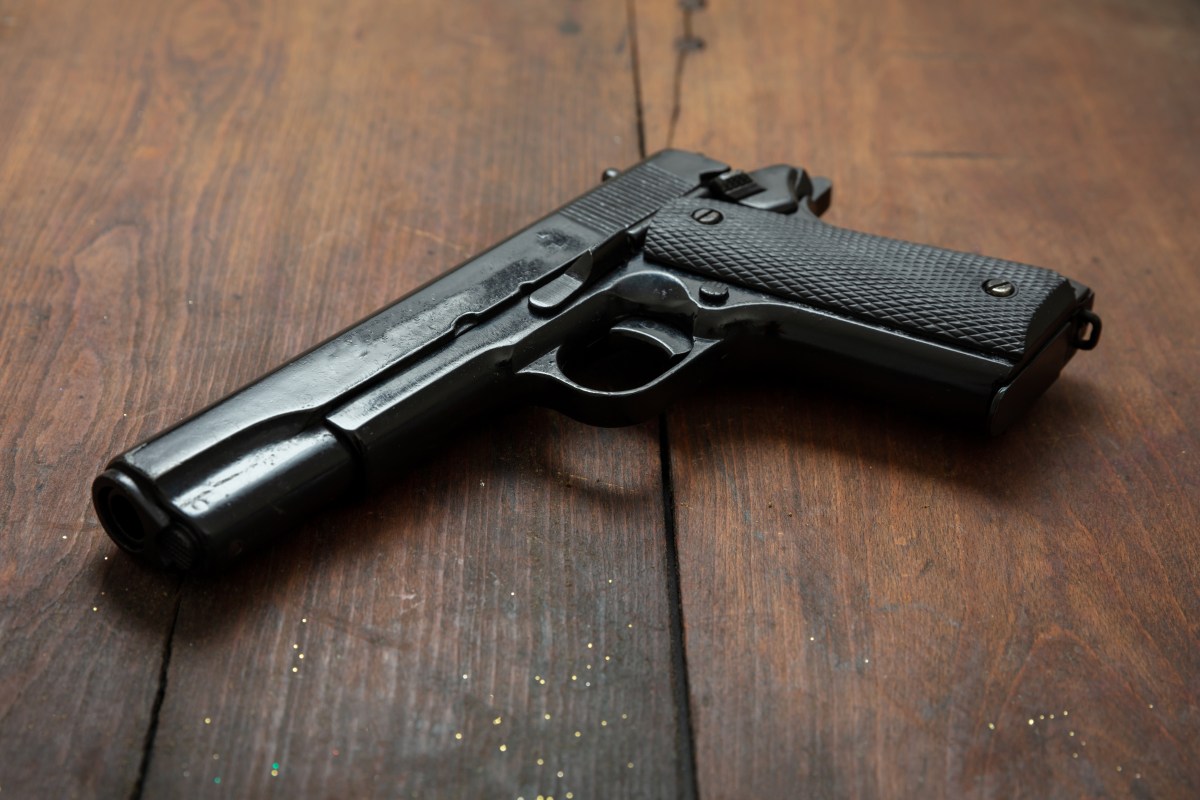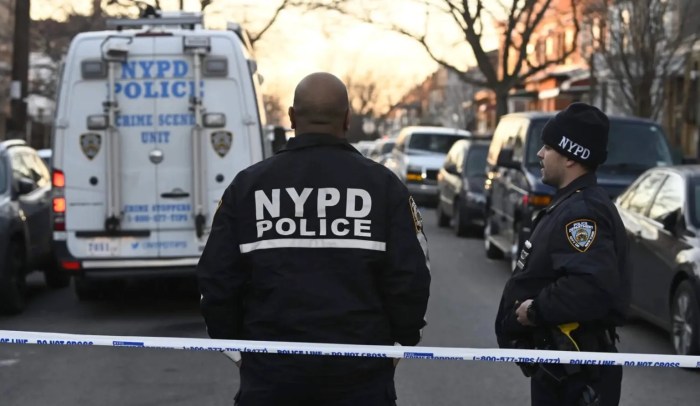
Vehicles illegally blocking bike lanes are most rampant in downtown Manhattan and in Brownstone, Brooklyn, according to new data.
Lanes in areas like the West Village, Boerum Hill and Park Slope, have received the highest concentration of complaints filed through a feature added to 311 last fall, which has been analyzed by amNewYork.
Since Oct. 19 of last year, almost 1,000 complaints have been logged across the city, the majority of which are closed without police enforcement.
It’s a small sample size that experts and city officials urged to be presented with proper caveats, but it’s also the first data-driven look into what many agree is a serious safety issue.
Sarah Nesheim, a recent New York University graduate and Citi Bike member, said she began using the bike share for her daily commute from her Alphabet City home to Herald Square because it’s the fastest and cheapest option. But it’s also a bit nerve-rattling.
“Every time I have to swerve out of a lane, I’m taking a risk,” said Nesheim, who recalled close encounters with cars as she pulled a Citi Bike from its dock in Greenwich Village. Her usual ride takes her up Sixth Avenue’s bike lane, which she said is packed with double-parked vehicles.
“It’s like the city adds the lane to say that they did, but no one keeps them clear,” said Maurice Gibson, a bike courier from Bedford-Stuyvesant, who was sitting with his bike on a bench near Carmine Street, a small block in the Greenwich Village area that racked up an unusually high number of complaints.
Last year, the number of cyclists killed on city streets increased from 14 to 18, even though citywide traffic fatalities fell for a third straight year — to a new historic low of 229 — under Mayor Bill de Blasio’s Vision Zero safety initiative.
“It’s a public safety issue,” said Paul Steely White, the executive director of Transportation Alternatives. “A blocked bike lane is worse than no bike lane at all because it forces cyclists into traffic or onto the sidewalk.”
White offered a variety of solutions that he believed the city could implement to alleviate the problem: add to the number of loading zones in the city; increase parking meter rates to improve turnover; and incentivize overnight deliveries. He also wanted to city to look into piloting bike-lane cameras — similar to those used in bus lanes to keep cars out.
Eighteen bike-lane miles installed in 2016 were protected from parked vehicles, a record number that a spokeswoman for the city’s Department of Transportation said would help keep drivers from encroaching on cyclists’ turf.
The spokeswoman also said the agency “works closely” with community boards and businesses to update loading zones, especially when bike lanes are installed. She said the agency is exploring additional strategies to address curb access for commercial use.
Jon Orcutt, a spokesman for the nonprofit TransitCenter and former policy director at the DOT, said he was “very skeptical” of the data, which he believes is representative more of “squeaky-wheel” communities like the Upper West Side, rather than the full scope of the issue at hand.
“For example, there were almost no complaints made in the Bronx,” he pointed out. “311 might create the data, but it’s not a great tool for policymaking here.”
Out of 990 complaints, 163 cases, or 16.5 percent, were closed with the NYPD resolving the issue. Just twenty cases resulted in summonses. Advocates agreed that 311 was not the best way to police the problem.
In addition to 311, the NYPD uses community-driven approaches to address blocked bike lanes in neighborhoods, according to an agency spokeswoman. That has resulted in an 11.7 percent increase in ticketing for the offense over the course of the last three years. In 2016, there were 67,240 summonses issued for blocked bike lanes, each carrying a $115 fine.
But the department issues more than 10 million parking violations a year. Orcutt said that unless there’s an independent entity monitoring the problem, blocked bike lanes would continue to plague commutes, he said.
“We haven’t seen a real commitment from the city in enforcing these laws,” Orcutt said. “People in the cycling community have a real intense cynicism about the issue.”
Blocked bike lane data, from 10/19/2016 to 1/14/2017:
-990 complaints
-Majority of complaints logged in Manhattan and Brooklyn
-16.5 percent of cases were closed with police action taken
-37.2 percent of complaints logged during peak hours
-Advocates warn to take data with grain of salt




